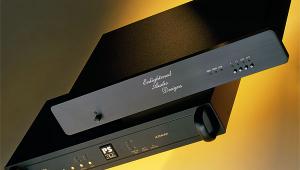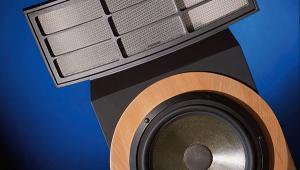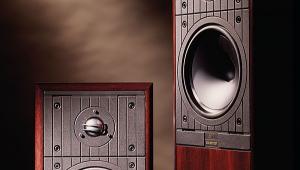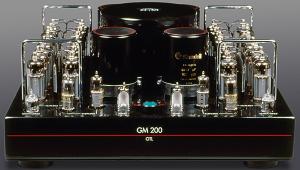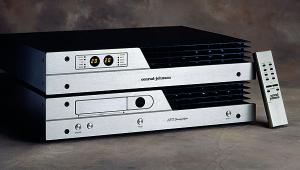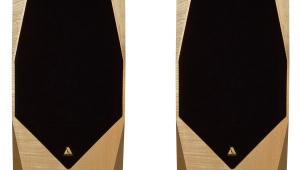The Big Mac Is Back Page 2
No Going Back
Partly because I don't have access to a mint, original MC275 and partly because I haven't heard an original for three years, I almost passed on this review. But as I recently learned when reviewing a Dynaco Stereo 70 Mk II for these pages, even if I did have a perfect original to hand, 'there's no going back'.
If you found an old MC275 which had never been used, one which had been in climate-controlled storage for the past 20-plus years, it wouldn't make for a valid comparison. For one thing, internal components suffer from age and it's unlikely that exact replacements are available. For another, the 1993 version of the MC275 contains far too many updates in the signal path to allow for valid comparisons – the tube changes alone are enough to alter the performance substantially. (This is why the Radford STA24 MkIV, with its KT77s, is so unlike a Mklll, whatever the other similarities.)
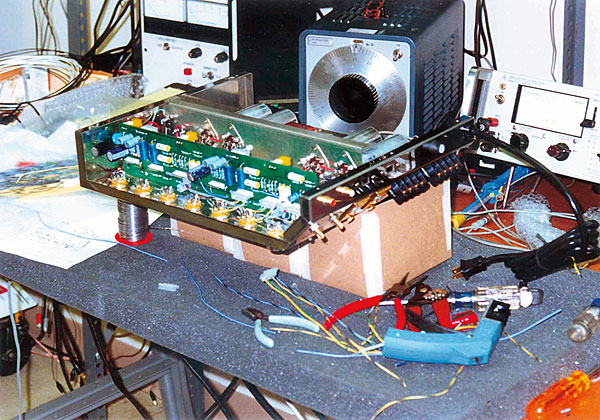
And, oh! is this amplifier contemporary. I spared it nothing, showed no extra respect because it's a limited edition model (only 25 in the UK, probably no more than 3000 worldwide). I treated it like any amp fresh off the assembly line. There's no on/off switch, the unit plugging straight in for instant power. It warmed up to optimum in under an hour. And I just dropped it straight into the system I was using: Krell Reference 64 DAC and MD10 CD transport, Krell KRC preamp, Sonus faber Guarneri Homage speakers.
Also employed were the Classé Thirty preamp, the Primare 204 CD player, Sonus faber Minima Amators and Rogers LS3/5As. I used the unit in balanced and unbalanced modes, and from each speaker tap, settling with balanced as being the best option. The following remarks are based primarily on use with the Krell electronics and the Guarneris.
Within ten seconds I knew that the 1993 McIntosh MC275 was going to haunt me forever. No, it wasn't the kitschy red, black and white owner's manual with the fuzzy photo. No, it wasn't the genuine rather than retro chrome-laden styling, looking as good now as it did back then, when I was a pre-pubescent audiophile pressing my nose against hi-fi shop windows. It was the sound, the best balance I've heard yet between the new and the old.
It reminded me of a bunch of Audio Research amplifiers from eight or nine years ago, while it's a bit fatter-sounding than the current ARC range. And that's a whole nuther kind of nostalgia for me.
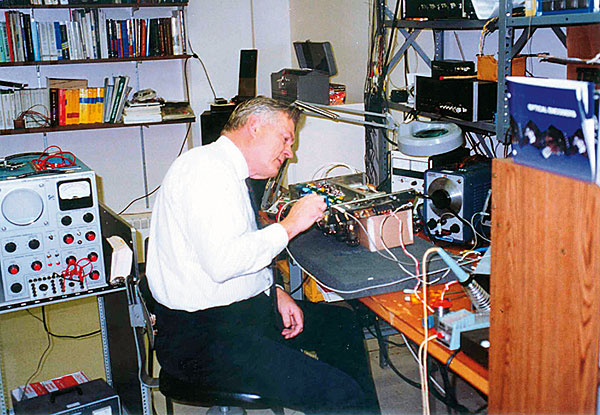
The MC275 does nothing so well as to deserve the accolade of 'Best' in any category. Indeed, if it weren't for the styling and the collector's value and sheer joy of owning a limited edition, I'd say that anyone looking for a low-to-medium power, true high-end valve amp need look no further than the ARC V70.
Then you glimpse that Gothic typeface, silver-on-black, and you imagine – if only for a moment – that vinyl still rules, a digit is something you point in the air when you want to tell someone to shove off and John Lennon has yet to meet Yoko. But your ears tell you otherwise.
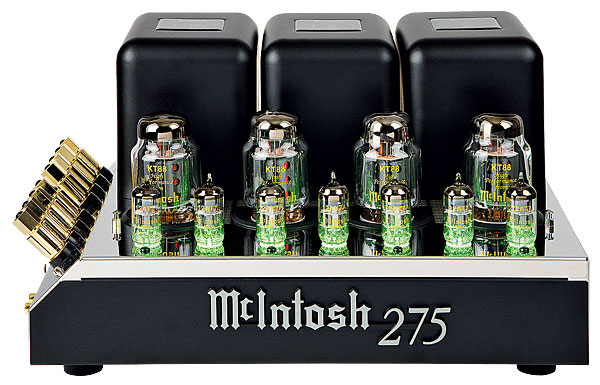
The spatial capabilities of the MC275 are near-holographic, while scaled down slightly. This isn't the biggest-sounding amplifier in the world, regardless of programme material or partnering equipment. But what it does have is exceptional ability in portraying relative scale. Everything fits just so, and the words 'small but perfectly formed' leap from your mouth. It's pukka 3D, not Nintendo 3D, and it's open and clear, with nothing in the way of texturing to suggest vintage tube hardware.
Top Dog
Bass? It's only so-so, with plenty of extension but marginal control below a certain point. This is the main giveaway about the age of the amp's DNA chain. But so what? Used with smallish speakers, the flub-slubbery is filtered, the Guarneris, for example, not reaching down far enough to expose this weakness.
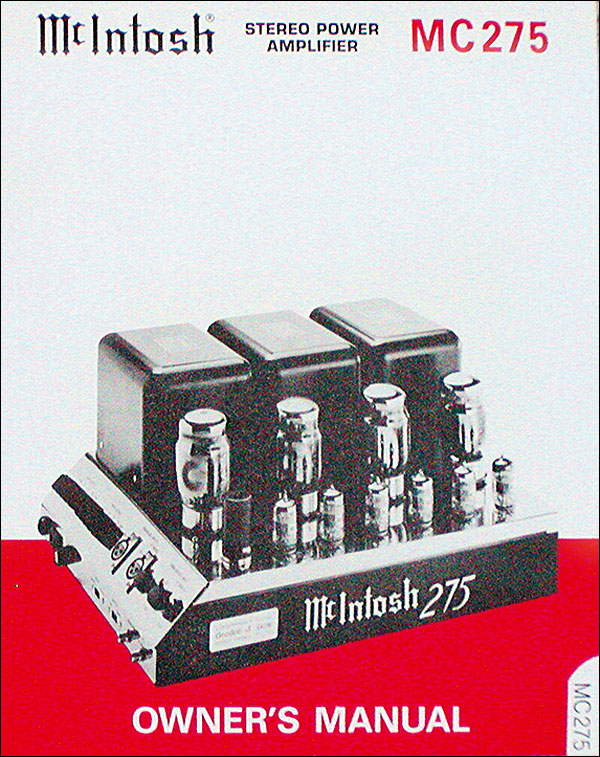
Conveniently, the upper and middle bass are nice 'n' tight so users with smaller speakers won't ever hear what lurks below. But travel in the other direction and you'll find out why this reviewer wants to hit the jackpot at Vegas in January to the tune of £3595.
Vocals and the MC275 go together like mint yogurt and a bhajee. The MC275 has a satiny quality that makes vocals, even Aphex'd in the late 1970s, sound like something off a Shaded Dog. Granted, it's a coloration, but it doesn't half sweeten a shouty CD. The effect on instruments, especially brass, is a sheen, a cuddly, rosy glow that's probably so damned unrealistic as to border on Grimm, but hey – if I want reality I'll become a social worker.
Roots Music
And yet there's enough speed and detail of truly modern proportions to allay fears of rampant nostalgia. This amp does not turn a CD player into an Ortofon SPU-GT, and it does not disconnect woofers and tweeters and fool you into thinking that you've suddenly acquired a pair of early Quad ESLs. You couldn't get that finely etched, rock-solid 3D if the minor clues were swamped.
And funnily enough, the dynamics don't suffer despite the Swamp Thing bottom octave. The MC275 swings from quiet to loud, deep to high and soft to hard with ease.
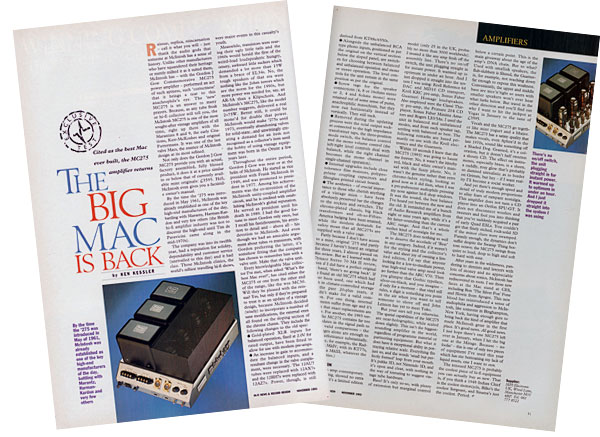
After years in the wilderness, pandering to dentists and lawyers with lots of money and no appreciable concerns about sonics, McIntosh has rediscovered its roots. I see those new faces at the Mac stand at the Consumer Electronics Show, including Ron 'The Silver Fox' Fone and Howie from Apogee. This new blood has reintroduced a sense of audiophilia and aggression to McIntosh, like someone in Binghamton, New York, having enough guts to bring back the kind of amplifier that made McIntosh great in the first place. It's good news. All good news.
I just hope there's one MC275 left over in January, when I hit the big one at the Mirage. Because – no foolin' – this is one of only two pieces of equipment I've used this year which has me bemoaning my lack of liquid assets, one I want to own.
The reissued MC275 is probably the coolest piece of hi-fi equipment you can actually buy as new. That is, if you think a 1948 Indian Chief is the coolest motorcycle, Bilko's the coolest Sergeant, and Sinatra's just the coolest. Period.










